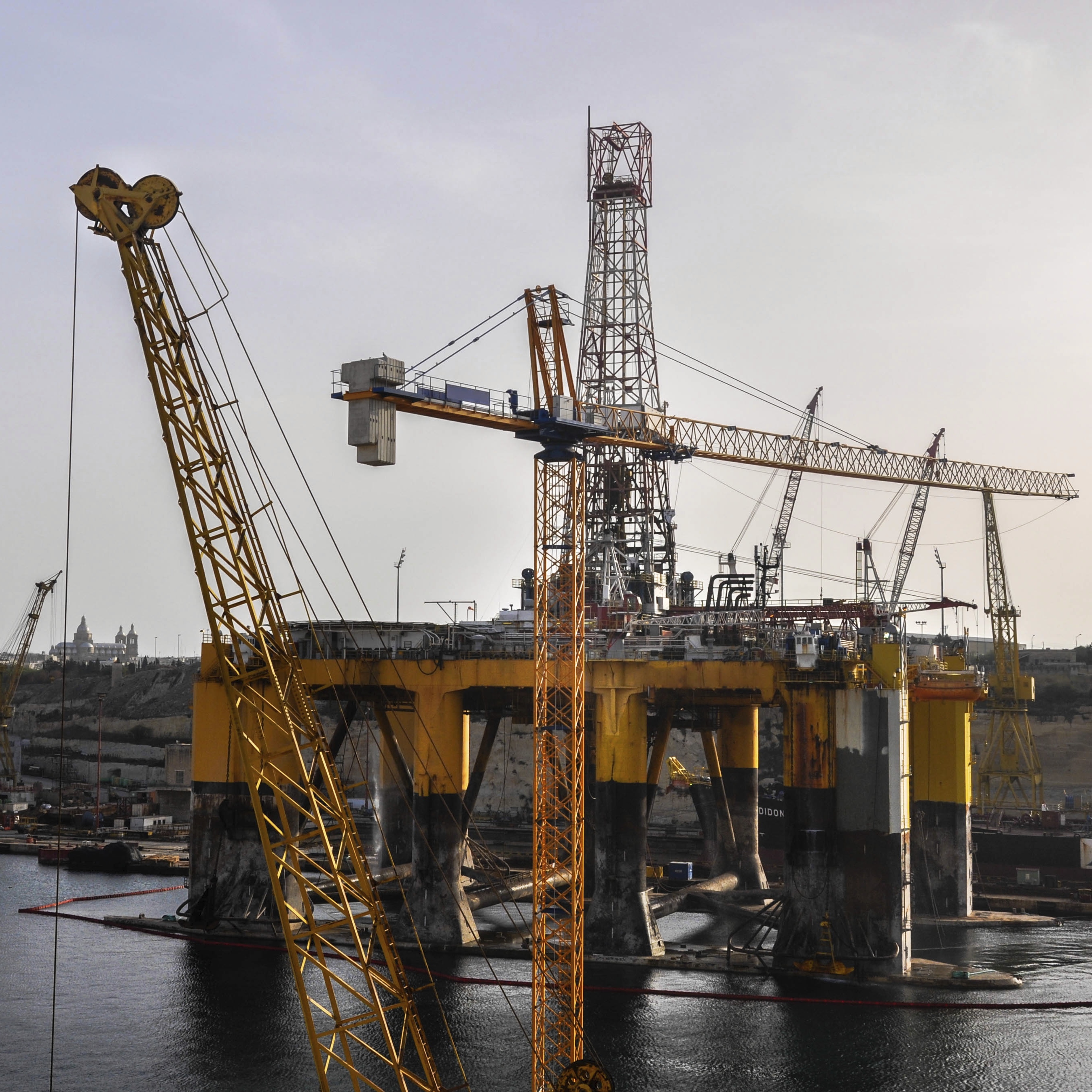Energy
Crude Oil Price Strengthens After IEA Reports Much Lower December Production

Published:
Last Updated:

In its monthly Oil Market Report for December released Thursday morning, the International Energy Agency (IEA) said that global crude supplies decreased by 600,000 barrels per day, primarily due to lower output from both OPEC and non-OPEC producers. For the full year, supplies rose by 300,000 barrels a day as record production from OPEC nations more than offset a decline of 900,000 barrels a day from non-OPEC producers.
The IEA projects global demand growth of 1.5 million barrels a day for 2016, up from 1.4 million barrels a day in the previous month’s report. The agency attributed the upward revision to stronger demand from Europe.
For 2017, however, the IEA forecasts demand growth of 1.3 million barrels a day, slightly above the 21st-century average of 1.2 million barrels a day. The increase is based on potentially higher product prices — assuming crude oil prices rise — and a potentially stronger U.S. dollar.
Global production fell by 600,000 barrels a day in December to 97.6 million barrels a day. The IEA expects non-OPEC supply to rise by 385,000 barrels a day in 2017, with about 320,000 barrels coming from U.S. shale production.
November commercial inventories have dropped by 82 million barrels from a record level of 3.111 billion barrels last July. That level is still well above historical averages, although global stockpiles have declined for four consecutive months.
Regarding U.S. production going forward, the IEA said:
Attention is inevitably focused on the US shale oil patch where data shows the rig count increasing for six straight months to November after reaching its nadir in May 2016; provisional data for December shows the highest number of new rigs added since the heady days of April 2014. Not only is the rig count rising, but recent reports tell us that the productivity of shale activity has improved in leaps and bounds. Whether it be shorter drilling times or larger amounts of oil produced per well, there is no doubt that US shale industry has emerged from the $30/bbl oil world we lived in a year ago much leaner and fitter. The IEA has anticipated for some time that LTO production will increase in 2017, but we are now expecting an even larger increase of 170 kb/d, following a decline of nearly 300 kb/d last year.
Offsetting rising production in the United States, as well as other non-OPEC producers like Brazil and Canada, is the agency’s observation that “early indications suggest a deeper OPEC reduction may be under way in January, as Saudi Arabia and its neighbours enforce supply cuts.” That statement has given traders a bit of confidence this morning and has boosted prices for both WTI and Brent crude oil.
WTI crude for March delivery traded up about 0.8% at $52.33 in electronic trading Thursday morning. Brent crude for March delivery traded up about 1% at $54.42.
Retirement can be daunting, but it doesn’t need to be.
Imagine having an expert in your corner to help you with your financial goals. Someone to help you determine if you’re ahead, behind, or right on track. With SmartAsset, that’s not just a dream—it’s reality. This free tool connects you with pre-screened financial advisors who work in your best interests. It’s quick, it’s easy, so take the leap today and start planning smarter!
Don’t waste another minute; get started right here and help your retirement dreams become a retirement reality.
Thank you for reading! Have some feedback for us?
Contact the 24/7 Wall St. editorial team.